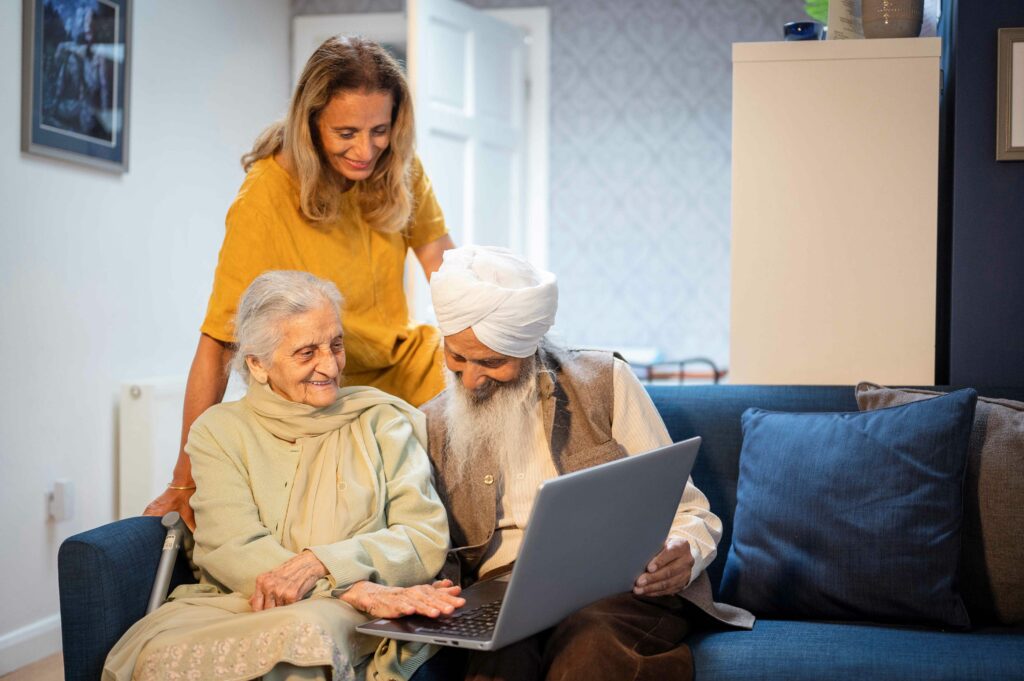Improving the representation of older people through images

Last month, members of the Tackling Loneliness Hub came together for a workshop on loneliness marketing and campaigning. This session focused on how we can develop more inclusive and positive messaging when campaigning on loneliness. In this blog post, Dora Buckle, Communications and Digital Marketing Officer at the Centre for Ageing Better draws on insights she shared during the workshop on using more age positive images when campaigning on loneliness.

Creating inclusive imagery
Our organisation pioneers ways to make ageing better a reality for everyone. As part of our work looking into ageism and UK’s attitudes towards ageing, we’ve published several reports and done extensive research into how language and imagery can affect how people perceive getting older.
Our research found that within the print media especially, older people are represented as more of a burden than a benefit and described as frail non contributors to society. It also showed that there’s a real lack of images of older people in general, particularly older women and disabled older people.
Unfortunately, in a piece of research we did with Ipsos, only a third of people said they were looking forward to older age and half (50%) said they worry about getting old. So what does all of this research mean?
It’s clear that images contribute to how we feel about ageing – they set the tone of what we associate with older people and how we feel about ageing. And the way we feel about ageing and older people matters – It affects our actions and behaviour, how we interact with older people.
Age-positive image library
That’s why we created our age-positive image library. The first of its kind, it contains over 2,000 photos and icons. The collection is full of authentic, positive photos of older people covering a variety of themes and settings, including older LGBT+ people, older and Disabled people getting active, unpaid carers and women over 50 at work. Like all age brackets, older people are not a homogenous group of people and photo collections should reflect that diversity.
It’s been really important for us from the beginning that these images are freely available to download. Our aim is for the library to challenge stereotypical depictions of ageing across all channels and especially within the public domain. The more widely these photos can be used, the more likely this is to happen. The photos show a more positive depiction of ageing – to help tackle ageism and challenge the idea that all older people are frail and vulnerable.
Being age-positive doesn’t mean being naïve, though. We all have different experiences of ageing, and the image library aims to provide a truthful glimpse into the enormous variety that exists amongst older people. Age positive doesn’t mean showing older people only in a euphoric state or positive situation like skydiving or running a marathon.
Similarly, if someone did need a walking aid, we wanted the photos to include that. If someone was exercising, we didn’t want it to seem completely effortless, because that’s not natural. And not everyone has to be smiling all of the time, especially if the photos depict a serious situation. Photographs, if done properly, have room for these nuances.
We want to use this success to grow the library even more, offer more images, change how media use photos and normalise the contributions of older people across society. We hope that these photos can help to support a more nuanced, positive and realistic dialogue about getting older.





Responses